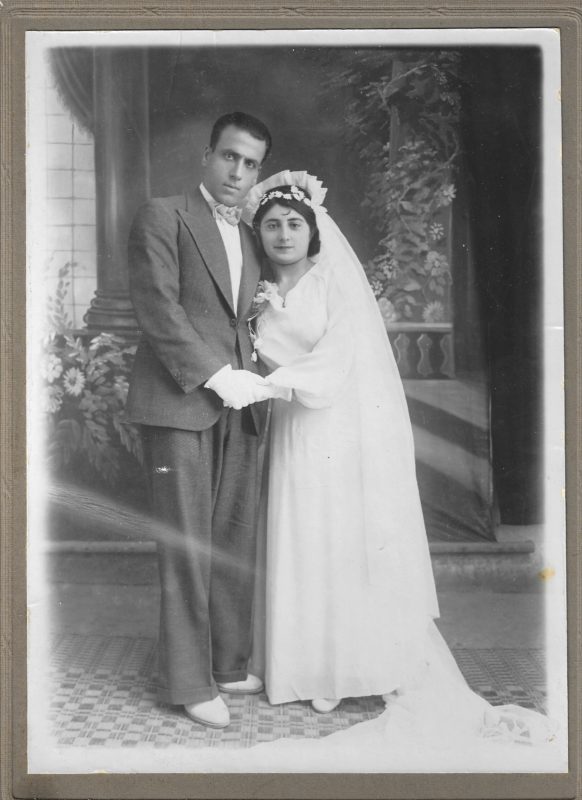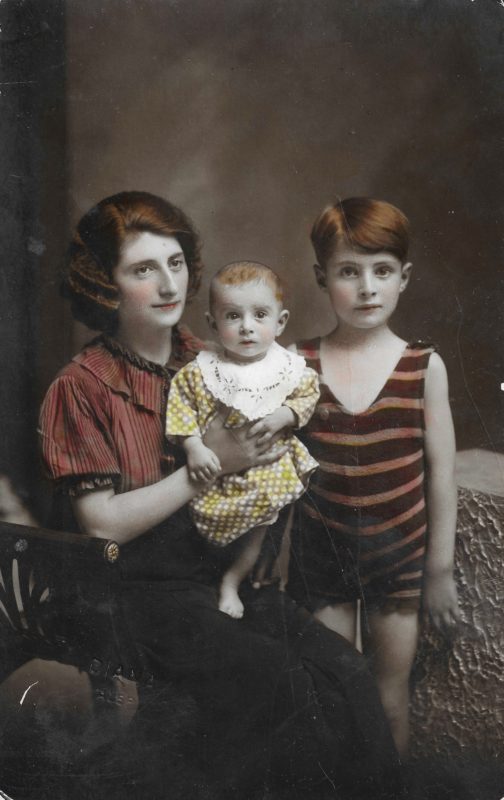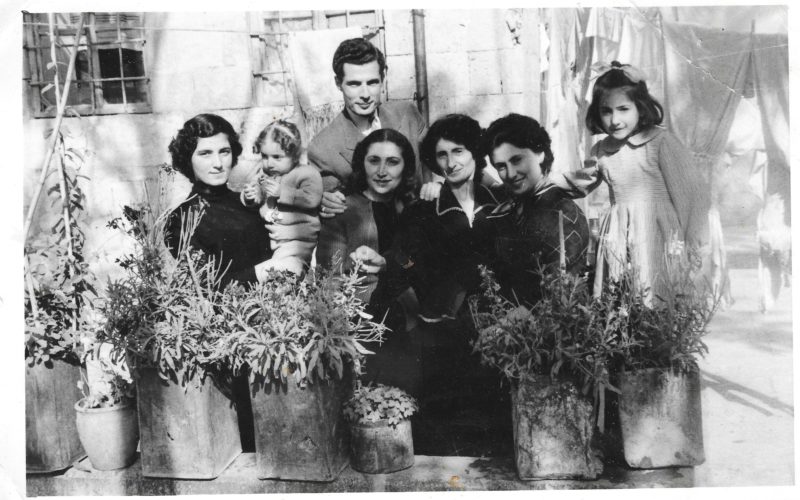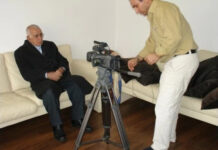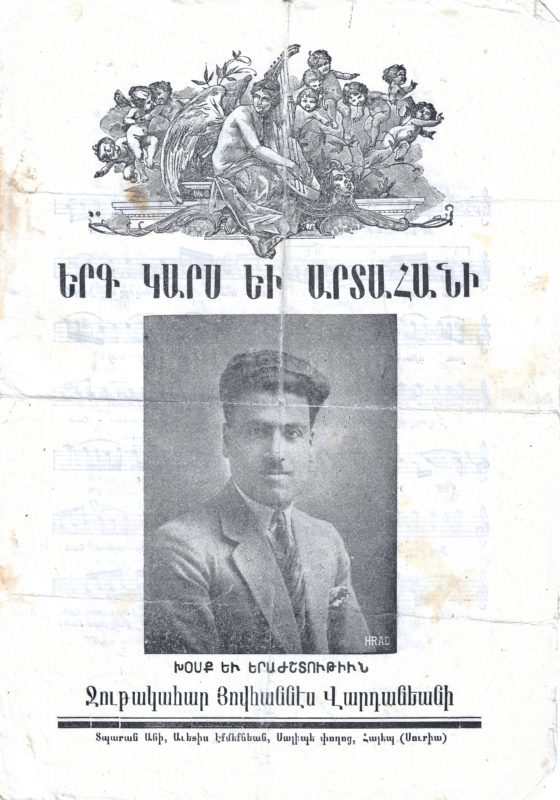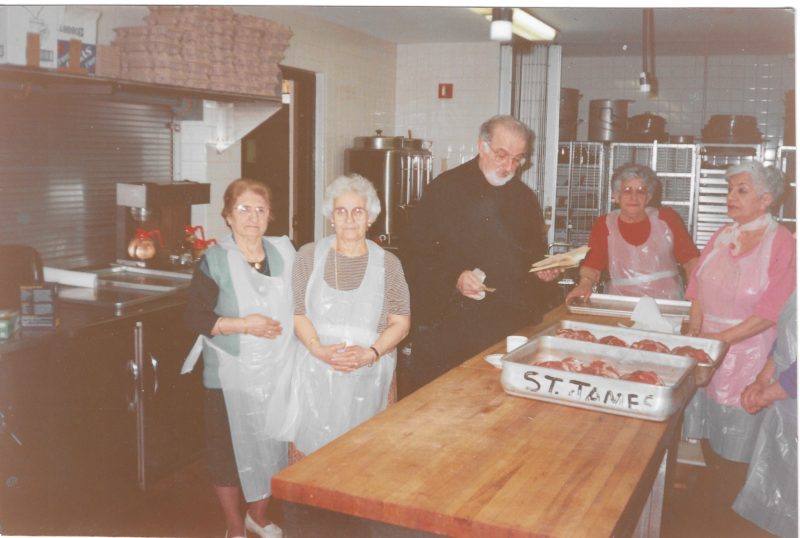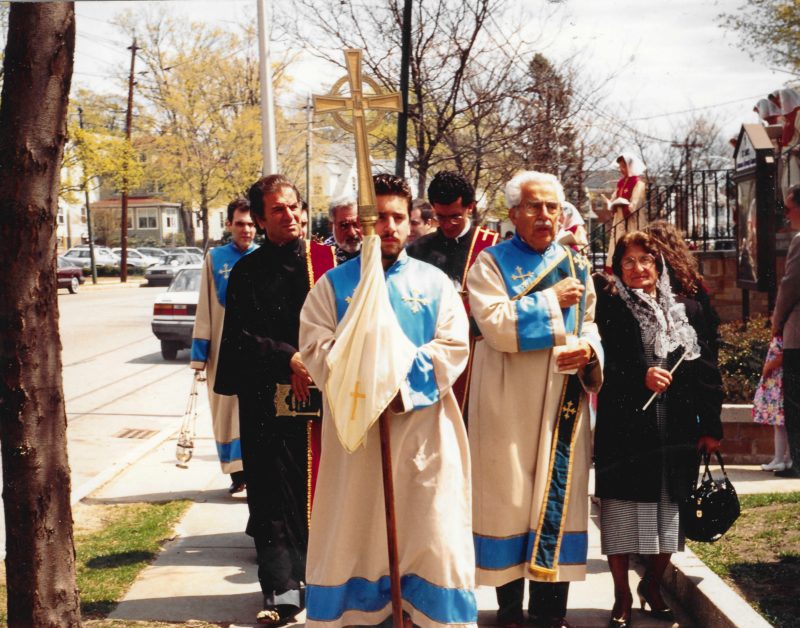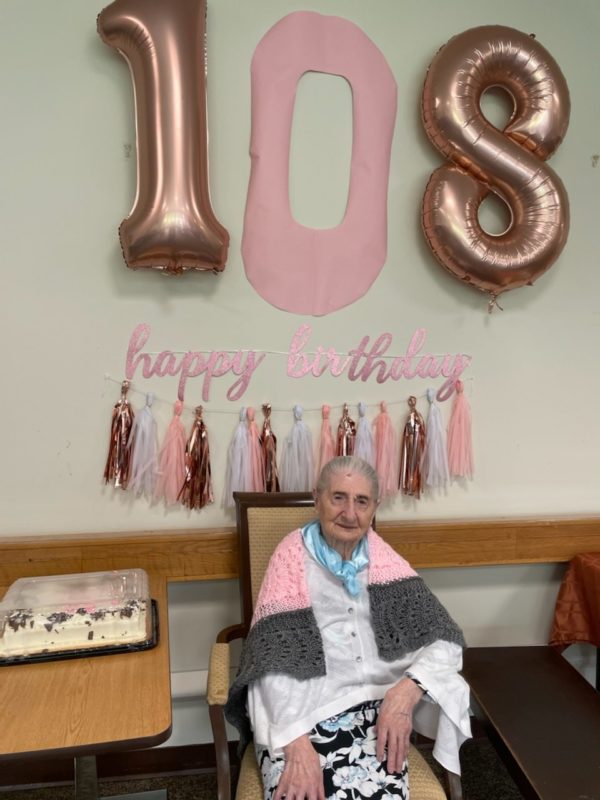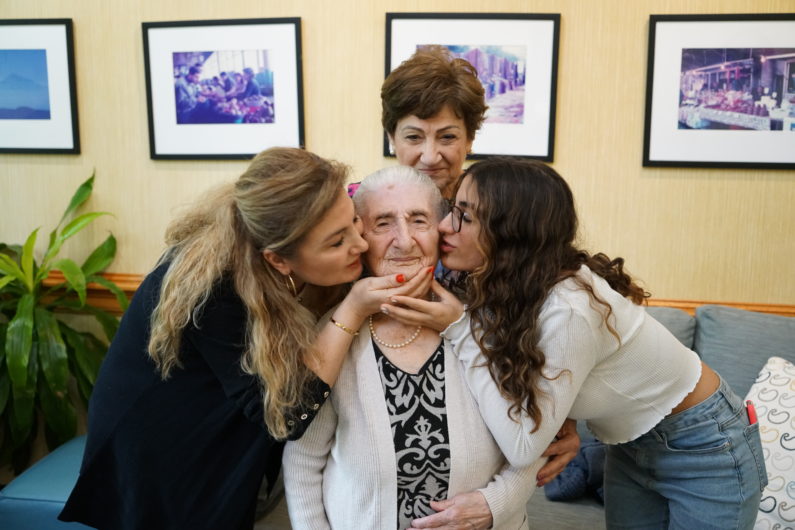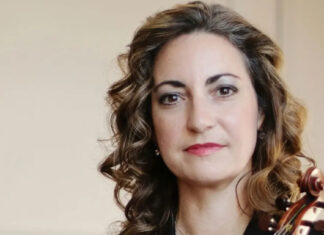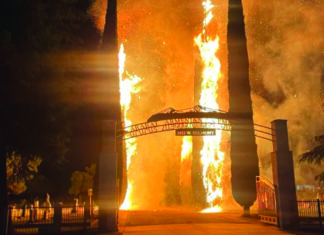By Raffi V. Arkun and Aram Arkun
Special to the Mirror-Spectator
JAMAICA PLAIN, Mass. — While there may seem to be more and more people living to their 90s, and even 100, anything over that is still considered uncommon. A study in 2015 by the Gerontology Research Group, for example, only validated the claims of 782 people in the entire United States to be 110 or over. Mary Vartanian, born in August 1914, recently celebrated her 108th birthday and is approaching that rare category of supercentenarian. Despite a life full of change, moving several times to different countries before ending up in the United States, and enduring various hardships, she remains steadfast in her faith, industrious and sociable. Living now at the Armenian Nursing and Rehabilitation Center in Jamaica Plain, she recently reflected on her experiences over many decades.
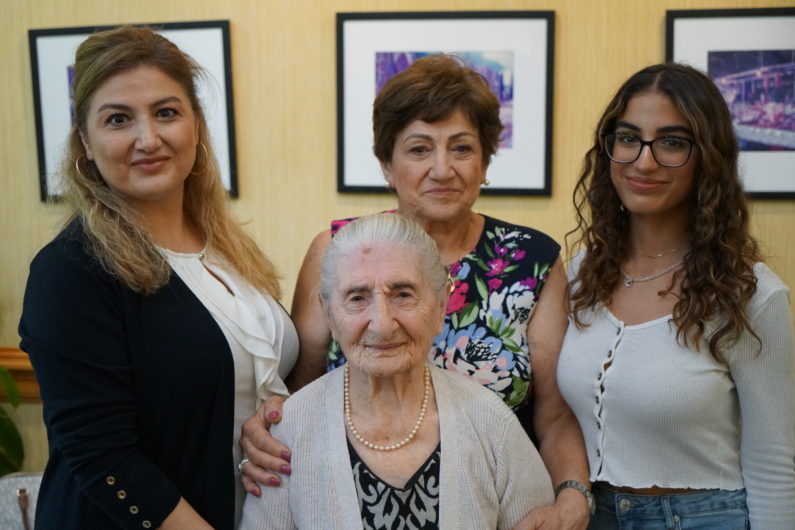
Childhood and Family Life
She was born as Mary Ouzghoushian in Aintab in what then was the Ottoman Empire just before the outbreak of World War I. Her family was not deported during the Armenian Genocide, in part because of the protection of a paternal cousin, Garabed Yesayan, who was a doctor. The same family also helped the Vartanians escape to Aleppo sometime in the early 1920s. They had to leave behind their home and most of their belongings.
Aintab after World War I was temporarily occupied by British and then French troops, but Turkish Nationalist forces began fighting to expel the French, and though they initially were defeated, they obtained control of the city in 1921 and local Armenians fled.





